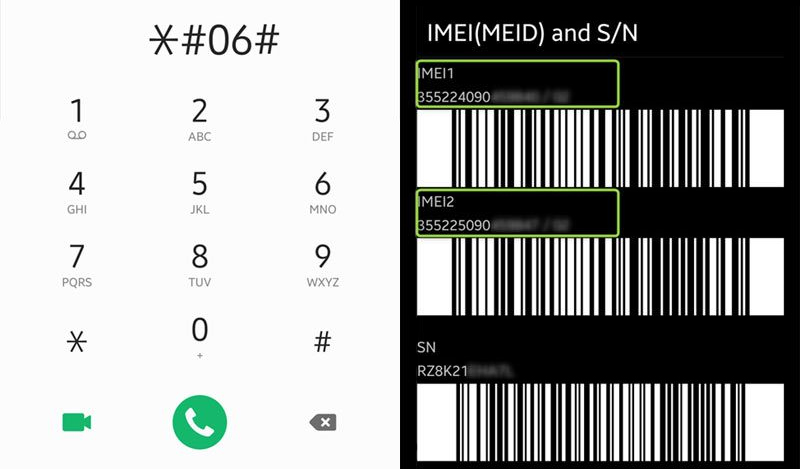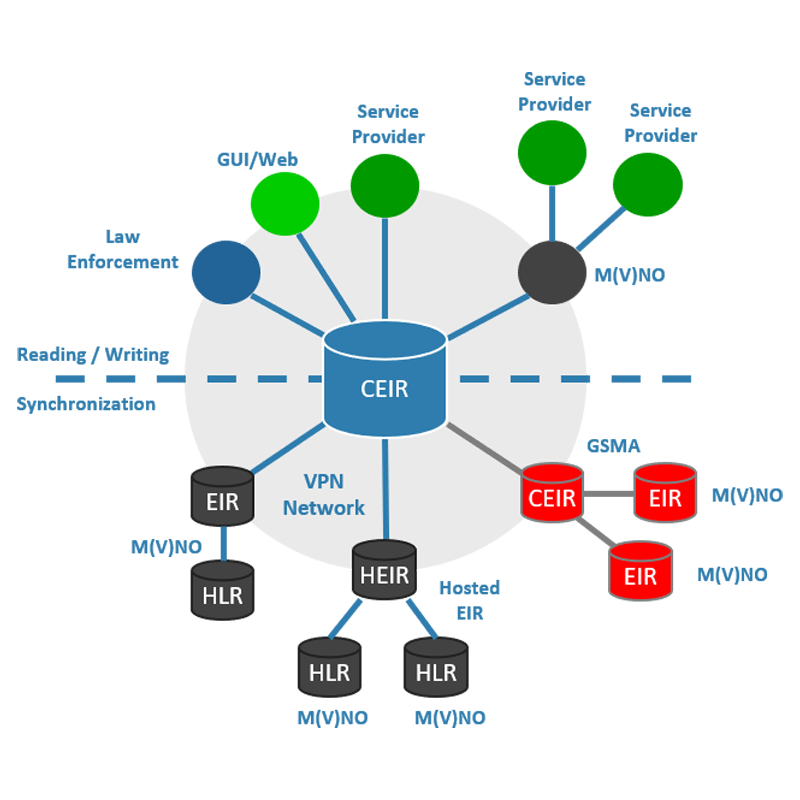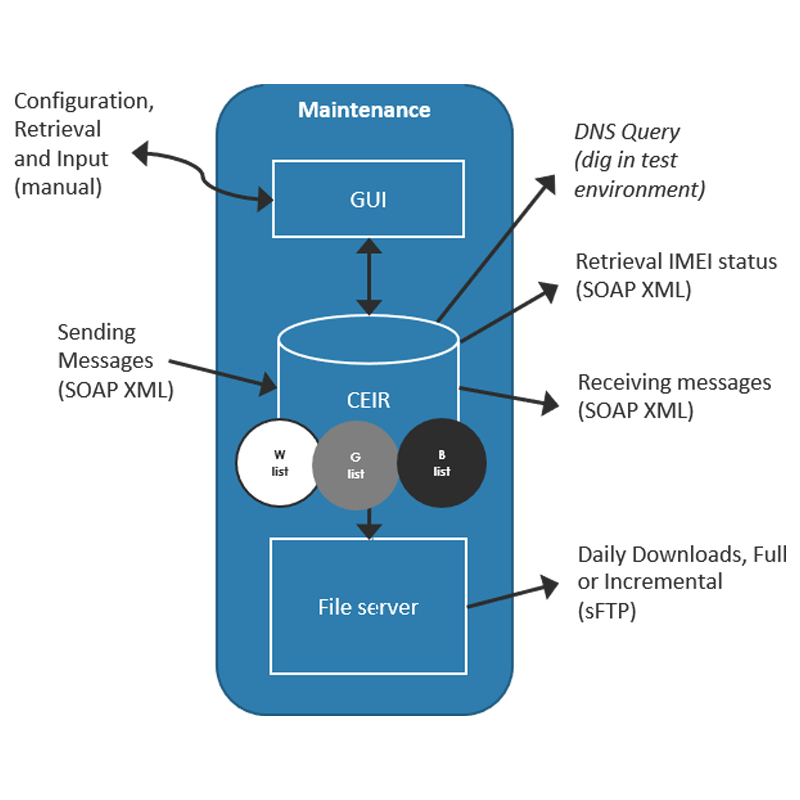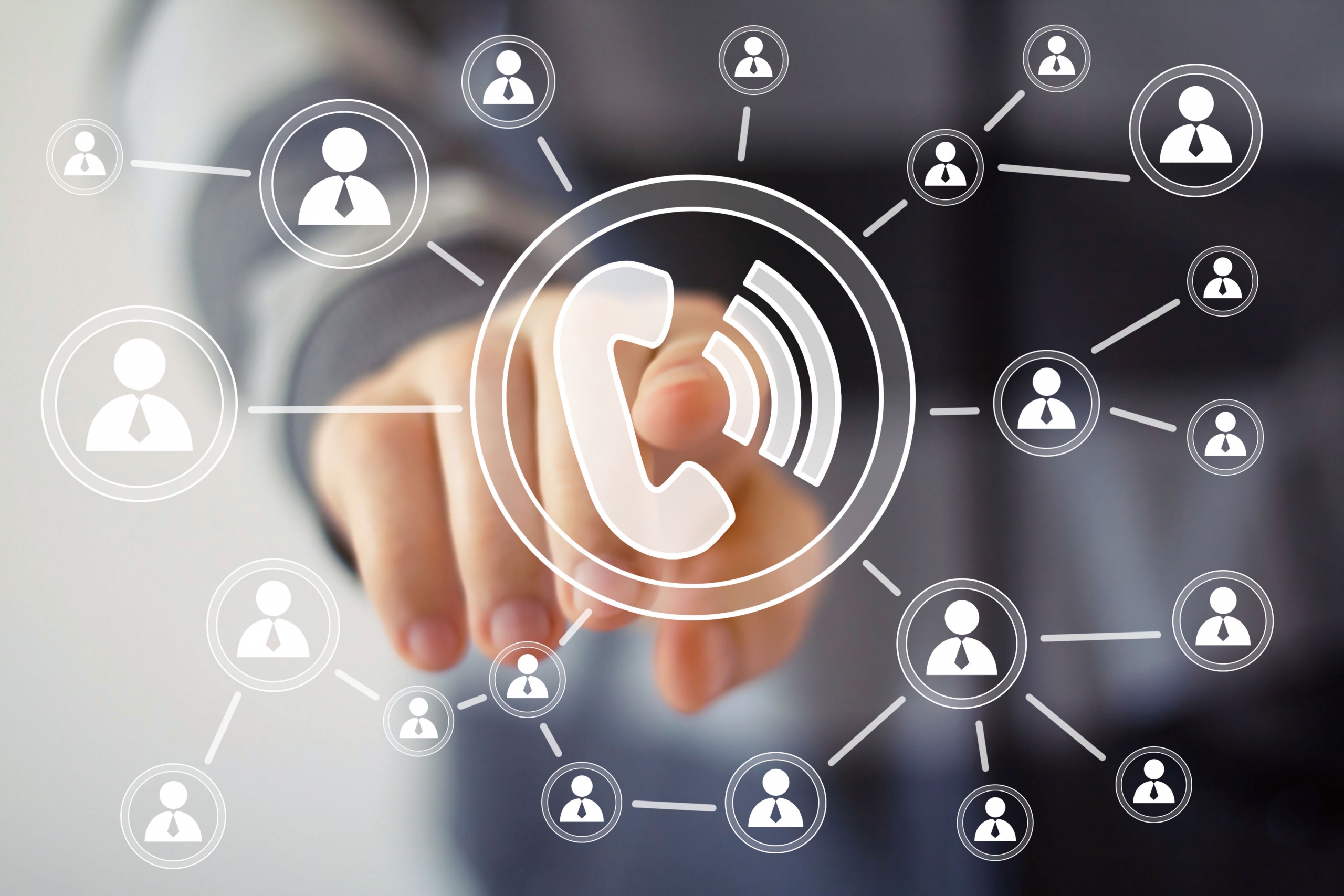CENTRAL IMEI REGISTRATION.
Back in the early ’80s, Electronic Serial Numbers were first created to give a unique identifier to mobile devices.
Since then, usage of mobile devices has exploded. The Electronic Serial Number of your device is now known as the IMEI (International Mobile Equipment Identity) and the MEID (Mobile Equipment Identification).
An IMEI number explains the type of equipment and has different characteristics:

PHONES/DEVICES STOLEN PER DAY
STATISTICS.
In our technology-driven society, we are more connected than ever. More than 67% of people worldwide have a mobile phone which equates to over 5,000,000,000 mobile phone users. This opens the door to an incredibly lucrative cash cow for thieves. The reality is that whether your smartphone is white, black, or gold, it is now almost 30 times more valuable per ounce than a block of solid silver – and almost as easy to convert discreetly into cash.
IMPACT.
Blocking the IMEI numbers associated with fraud or theft, you significantly reduce or negate the impact these devices can have on an economy. And, it’s not just consumers that are plagued by these issues, it’s governments not collecting taxes on illegally imported devices, brand reputation damage, privacy risks, and a threat to national security.
THE SOLUTION.
We work with the Regulator to design, implement, and maintain a custom database solution for the validation of IMEI numbers in a specific country using our Central Equipment Identity Registration (CEIR) solution. This solution contains information for all categories of users on the legality of IMEI codes via web interfaces and public websites. CEIR allows for the exchange of IMEI code information to/from national mobile operators. In addition, we set up separate, but connected centrally, exchanges for Customs, Law Enforcement, Regulators, and Operators. These databases are essentially equipped with ‘white’, ‘gray’, and ‘black’ lists to protect governments, businesses, and consumers from being impacted by fraudulent, stolen, and illegally imported devices.
SCENARIOS.
INTERFACES.
HOW IT WORKS.
The Proxona CEIR solution supports 3 different processes. The Basic CEIR Process, is the fully automated standard, where each call setup is first checked in the operator domain. When the call setup is unknown, the triplet is forwarded to the CEIR. The CEIR validates the input and writes the IMEI to the Black, Gray, or Whitelist. Numbers on the Blacklist are uploaded to the Operator’s Blacklist. The Stolen and Lost Process is always near real-time. This process starts in either the Operator’s CRM system or in the Law Enforcement office and is always based on a customer/civilian complaint. Customs Agents would interact with the CEIR Customs Process to pre-register imported devices, which provides them with a database to reference when discovering new devices at border zones and validating their authenticity. Each process supports a different module, but they are always layered on top of the Basic CEIR Process.
ARCHITECTURE.
What makes our CEIR solutions truly unique are our key differentiators:
- Continuous operation mode, with accompanying support and maintenance. 24 hours a day, 7 days a week, and 365 days a year.
- Reliability and service availability of no less than 99.9%.
- The ability to deploy the highest priority modules and functionality first (Government, Law Enforcement, Customs, Tax Services, Regulators, and Operators).
- Automated processing of incoming IMEI applications of 10,000,000 per hour (computing capacity of the servers can be increased at any time).
- Storage of 250,000,000 unique triplets (IMEI, IMSI, MSISDN).
- Reception of 250,000 triplets (IMEI, IMSI, MSISDN) per second from Operator’s EIR.
- Processing time of updated lists of triplets (IMEI, IMSI, MSISDN) does not exceed 20 minutes.
- Receive files or HTTP-requests from Operator’s EIR with updated triplets (IMEI, IMSI, MSISDN) of subscriber base – this can be done several times per day.
- Additional layers of custom functionality can be built upon our CEIR solution to meet and/or exceed your country’s unique needs.
DEPLOYMENT.
Proxona’s CEIR solution is rolled out in modules prioritizing the highest stakeholders first: Government, Law Enforcement, Customs, and Operators. In addition, this modular implementation reduces complexity. We start with the Basic CEIR Process in order to build the Black, Gray, and Whitelists and ban fake/counterfeit devices from the network. Stolen and lost devices are added to the Blacklist by the Operator, so next we complete the integration with Law Enforcement systems. This is followed by the development and implementation of the Customs interface to nullify illegal import. Working with the local Regulator, the common development and implementation process of Proxona’s CEIR solution is as follows:






Get Social With Us